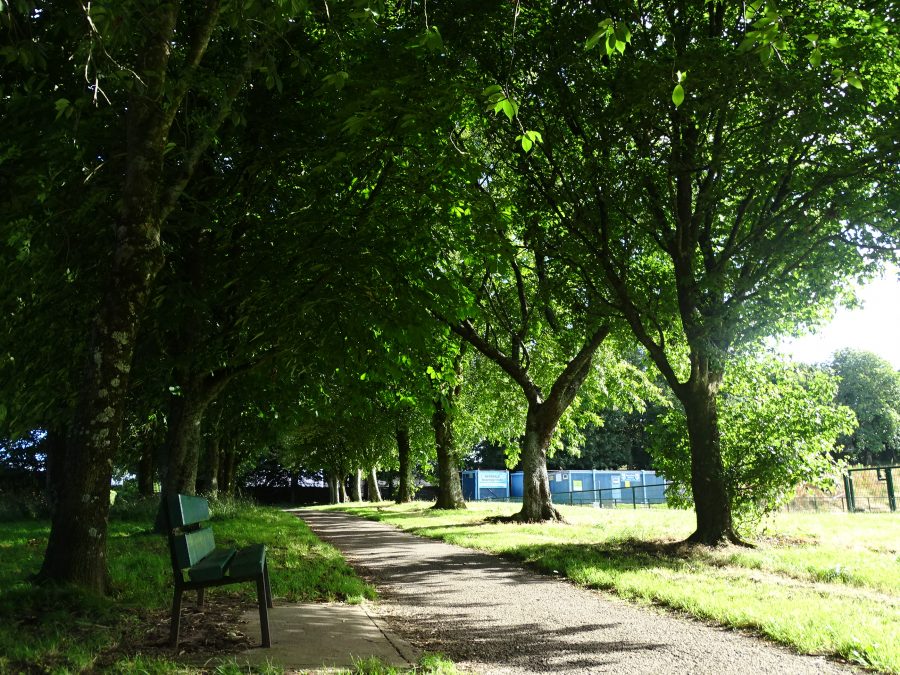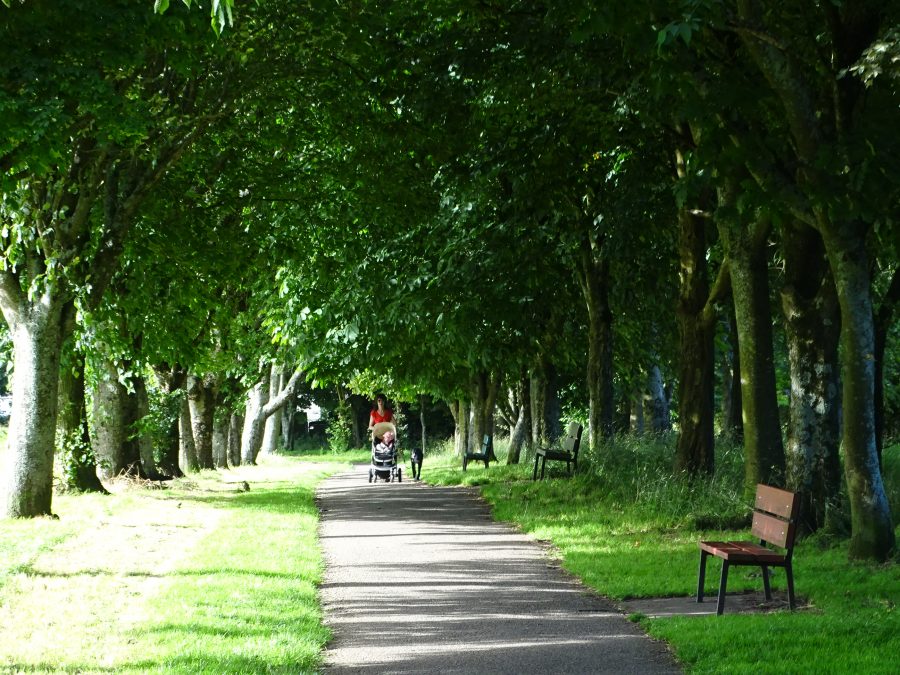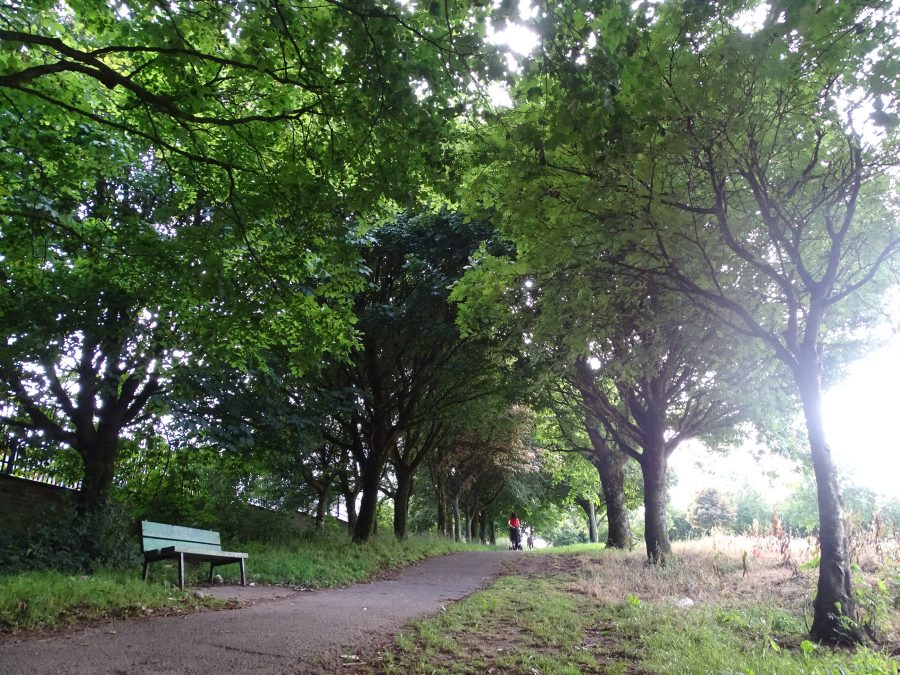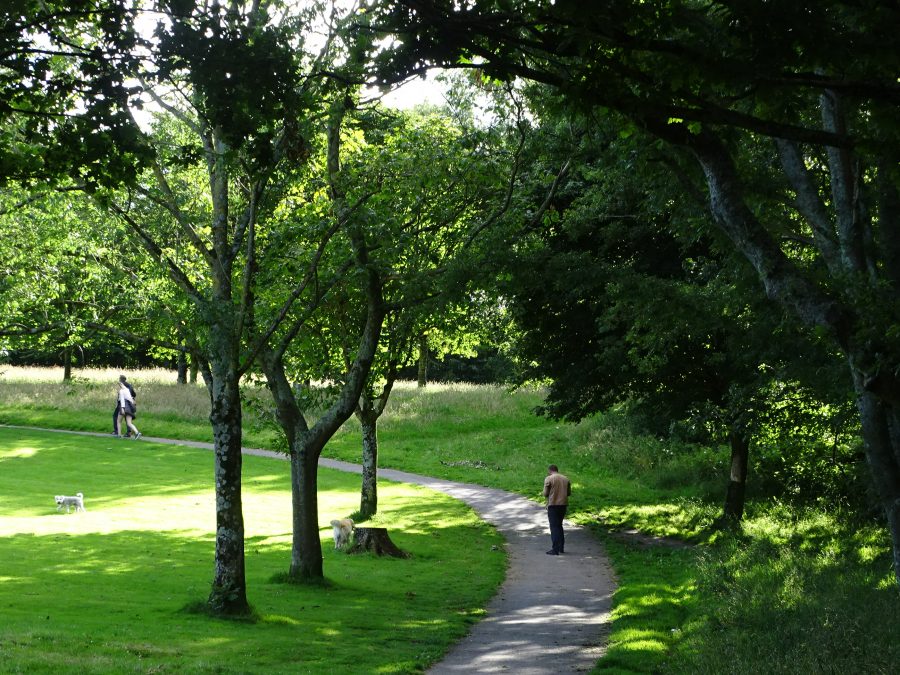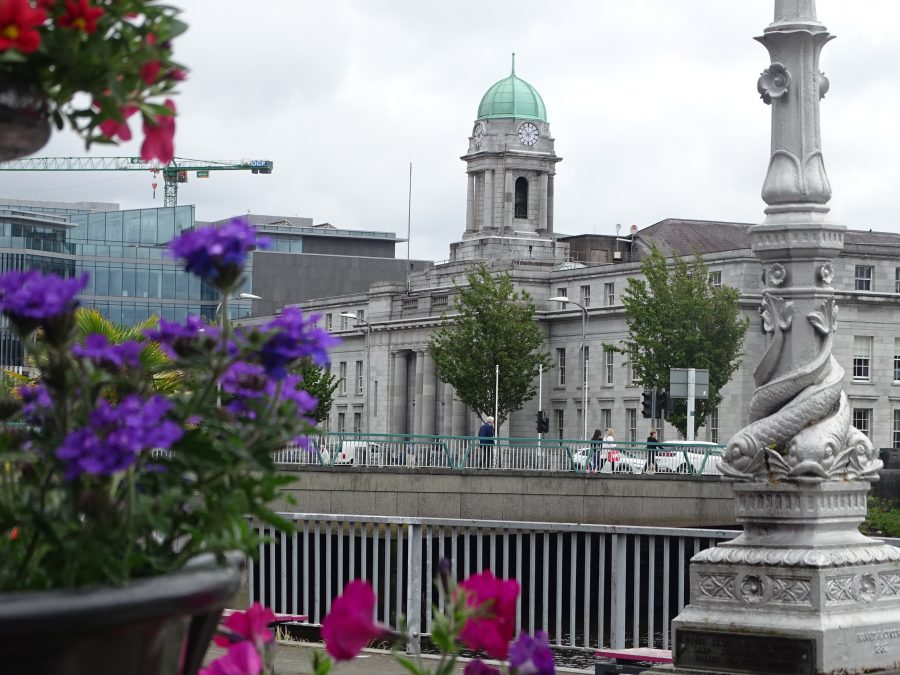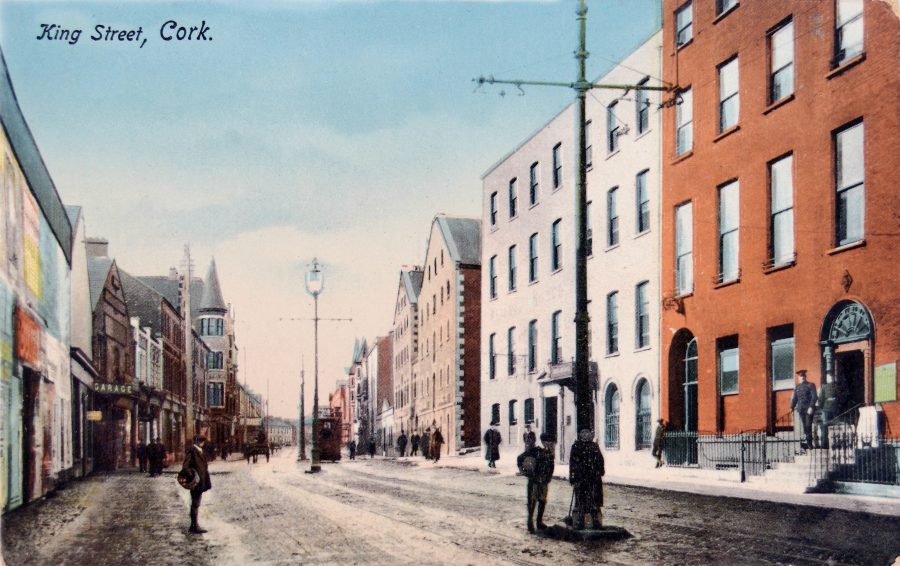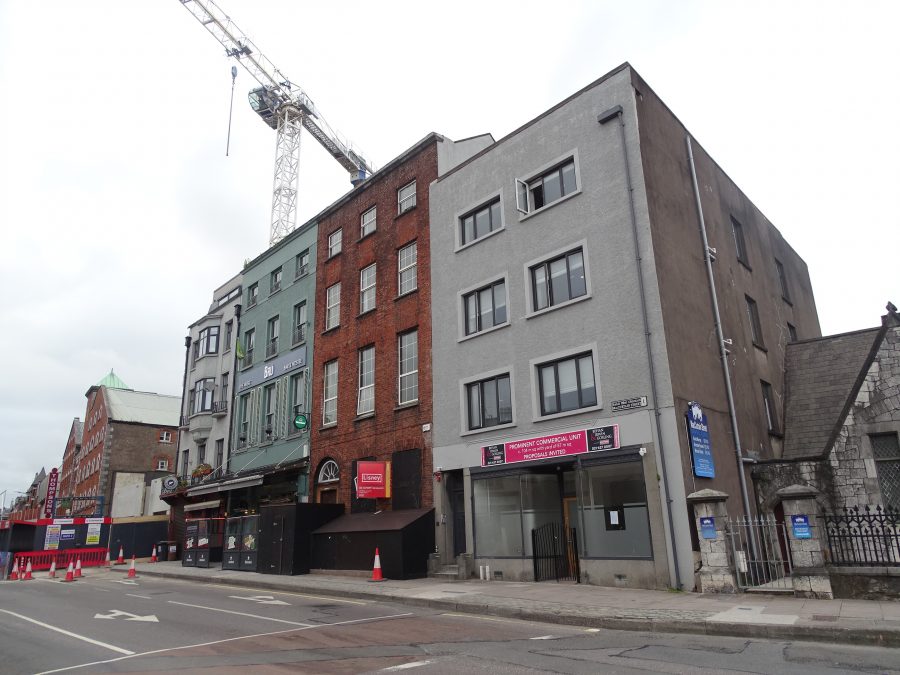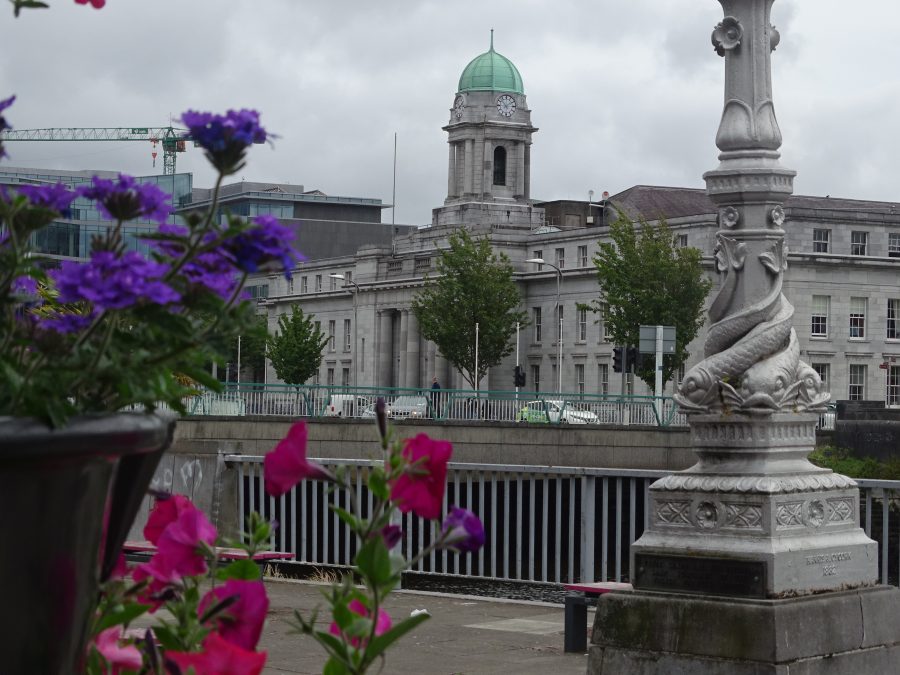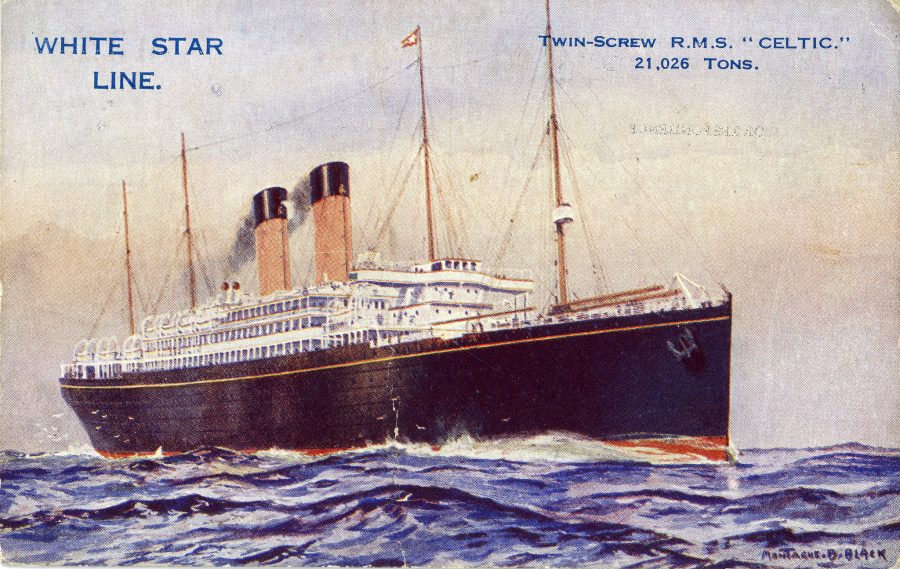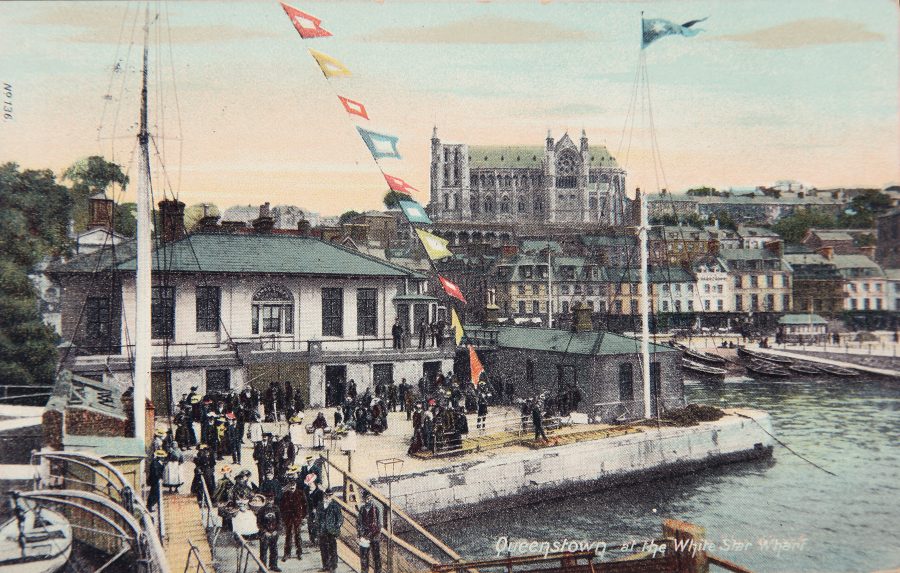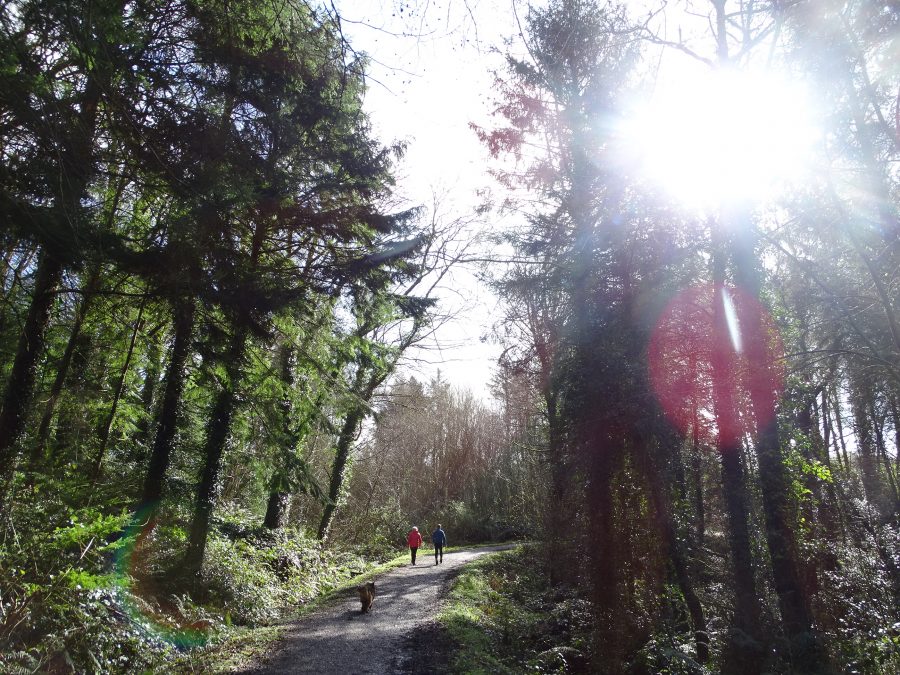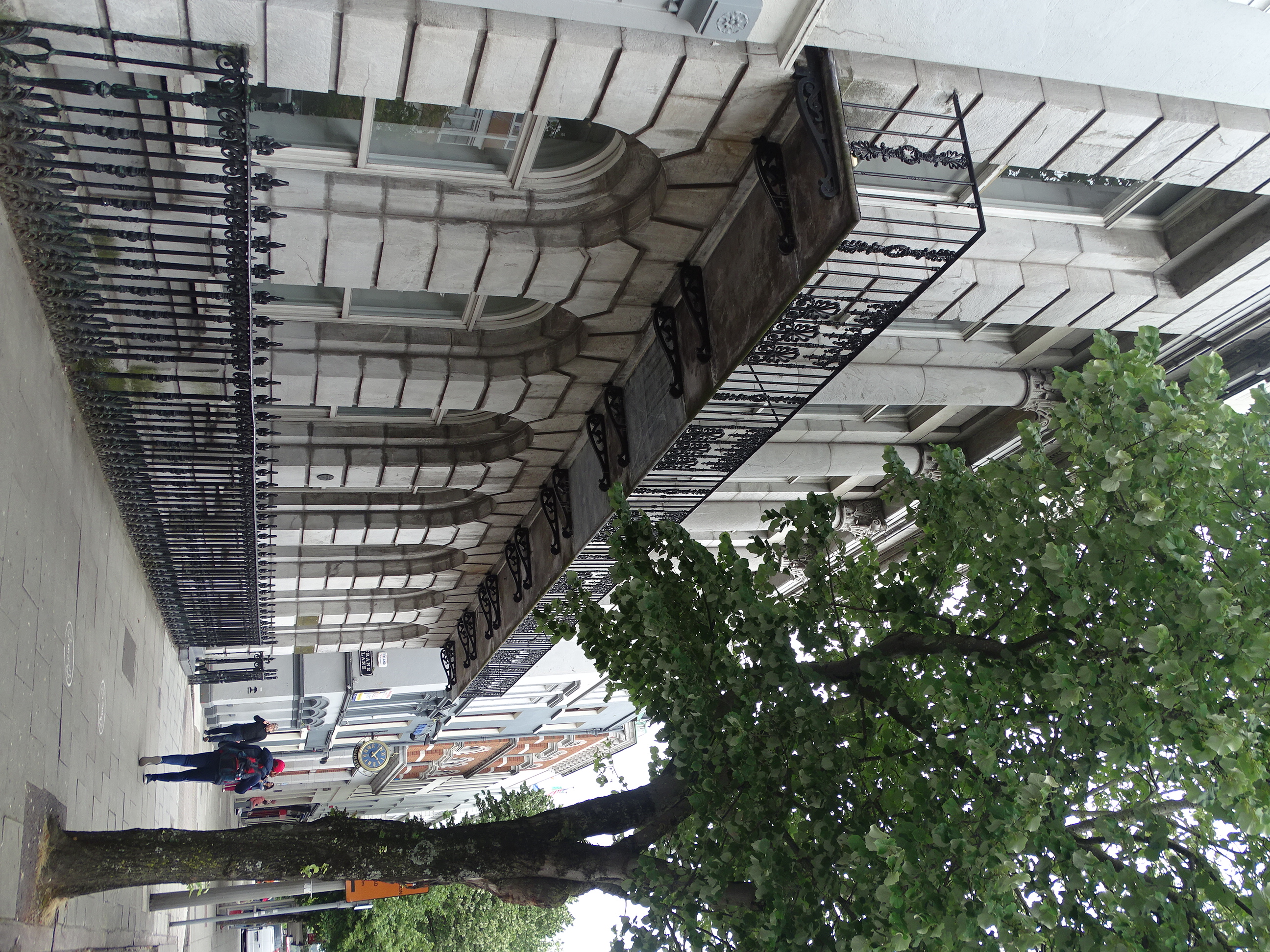
1056a. Hibernian House, formerly Cork City’s County Club, built 1829 (picture: Kieran McCarthy).
Kieran’s Our City, Our Town Article,
Cork Independent, 9 July 2020
Remembering 1920: The Assassination of Commissioner Smyth
The targeting by IRA Brigade No.1 of RIC Cork City barracks in early July 1920 turned into targeting by mid-July 1920 of high ranking RIC officers. By far the most sensational shooting of a Government official occurred in Cork as a late hour on Saturday evening, 17 July 1920, at the County Club on the South Mall. Colonel Gerard Bryce Ferguson Smyth was a First World War veteran from the Royal Engineers and newly appointed Chief Commissioner of the RIC.
Almost a month earlier at Listowel, County Kerry on 19 June 1920, his campaign strategy against the IRA shocked even the toughest of his RIC officers. Smyth noted that no co-operation meant shoot on sight. Many RIC men, from County Inspectors to Constables, resigned in protest against the task assigned when presented with Smyth’s note.
“…Police and military will patrol the country at least five nights a week. They are not to confine themselves to the main roads but take across the country, lie in ambush, and when civilians are seen approaching shout ‘Hand up.’ Should the order not be immediately obeyed, shoot, and shoot with effect. If persons approaching carry their hands in their pockets and are in any way suspicious looking, shoot them down … We want your assistance in carrying out this scheme and wiping out Sinn Féin”.
In the second week of July 1920 Smyth was called to England and appeared at the Irish Office where he was queried on newspaper accounts of his speeches made in Listowel and Killarney. On his arrival back to Ireland he went to Kerry on business related to the holding of the Assizes. He arrived to Cork on Friday 16 July to be present for the Cork City Assizes, to be held the following Monday.
The Cork Examiner records that on Saturday evening, 17 July 1920 at 10.30pm, a party of men, whose numbers were between twelve and fifteen entered the County Club building by the usual entrance on the South Mall. All carried revolvers in their hands, and some wore masks or other disguises. Some of the men approached the hall porter Edward Fitzgerald, pointed revolvers at him and warned him not to make any noise. He was ordered to walk in front of the party into the vestibule, presumably so that the men would not be visible from the entrance. In the vestibule at the bottom of the stairs about eight or ten of the men remained, still covering Mr Fitzgerald.
The others of the party proceeded to the smoking room and throwing open the door entered. Only four men were in the room at the time. There were Commissioner Smyth, County Inspector George Fitzgerald William Craig, Mr Barker, secretary of the club and one other member. The men hesitated at the doorway for a second or two, and cried out, “Where is he?”. Another evidently catching sight of Colonel Smyth fired at him. In all five or six shots were fired. Mr Smyth got out of the room but collapsed in the passage outside of the door. County Inspector Craig was also wounded in the leg.
Michael O’Donoghue, Engineer Officer with the 2nd Battalion of the Cork No.1 Brigade, in his witness statement (WS1741) in the Bureau of Military History, outlines that his men were involved in the targeting of Colonel Smyth. He outlined that his men on coming into the room of the County Club said to Colonel Smyth – “Your orders are to shoot at sight”. “Well, so are ours”. Thenshots rang out.Michael outlined that the young men having their mission accomplished, pocketed their revolvers and retired to the street mingling with the crowd, which was then leaving a nearby cinema, and disappeared.
An armoured car and military lorries and swarms of police descended on the South Mall within minutes and surrounded the area to carry out an intense but after a fruitless search they cleared the streets. Later that night soldiers and Black and Tans proceeded through the streets of Cork City, firing in all directions as they proceeded. Over twenty other local citizens were injured.
Eighteen jurors were called to attend the inquest of Colonel Smyth the following day, Sunday 18 July 1920, but only nine attended. After a number of hours delay the numbers had not been assembled to swear in a jury. The Coroner abandoned the inquest.
On Sunday evening 18 July, Michael O’Donoghue recalls further chaos on the streets of Cork. At 7pm he was passing the Courthouse and the streets ahead were almost completely deserted. Crossing from Patrick Street towards Castle Street the next moment, he heard the roar of lorries tearing down Patrick Street and bursts of rifle fire. Looking back, he saw several of hurrying stragglers drop to the ground. An armoured car entered Parade from St Patrick’s Street, machine guns roaring. As Michael reached the safety of the hallway of our digs, he could hear the whine of bullets along the Grand Parade outside. Stealing to a window overlooking the Grand Parade, he ventured to look down north and south along the thoroughfare. Five figures still lay huddled on the pavement near Castle Street corner, and two others on the street near Singer’s Corner.
Michael notes in his witness statement: “The military have been given a free hand this night and all the police have wisely being kept in barracks. Later, an ambulance from Fire Brigade Station drove down the Parade and picked up the victims”. It was the first and the bloodiest of the many nights of terror, which Cork citizens were to witness in the ensuing weeks and months ahead.
Kieran’s new book Witness to Murder, The Inquest of Tomás MacCurtain is now available to purchase online (co-authored with John O’Mahony 2020, Irish Examiner/ www.examiner.ie).
Captions:
1056a. Hibernian House, formerly Cork City’s County Club, built 1829 (picture: Kieran McCarthy).
1056b. Entrance to Hibernian House, formerly Cork City’s County Club (picture: Kieran McCarthy).
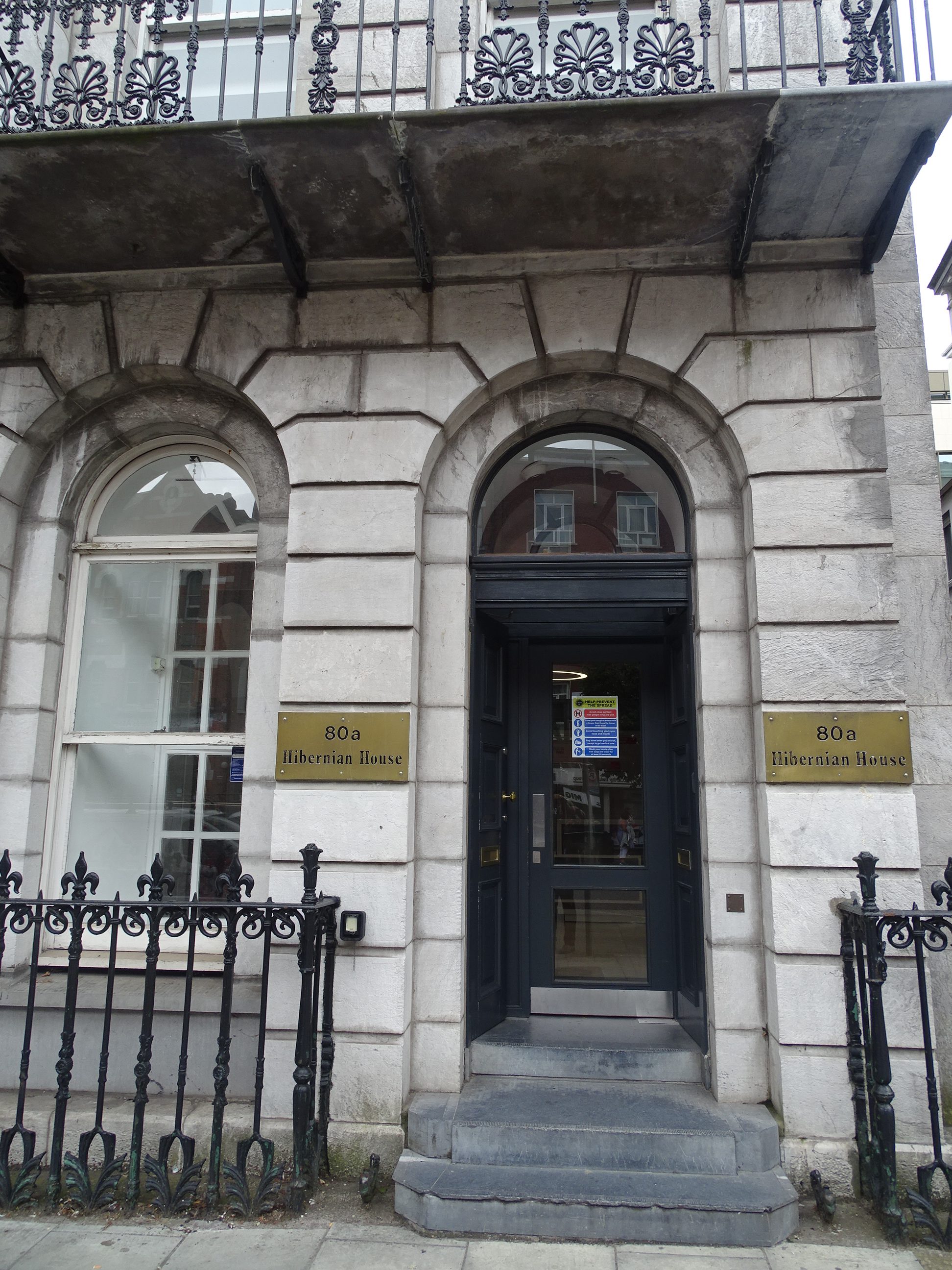
1056b. Entrance to Hibernian House, formerly Cork City’s County Club (picture: Kieran McCarthy).
